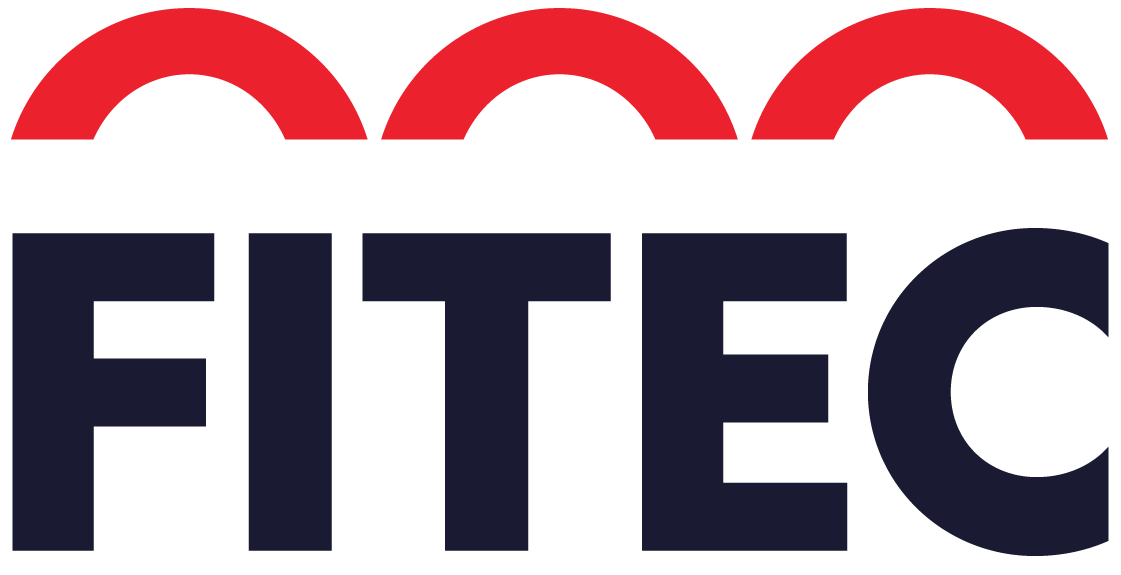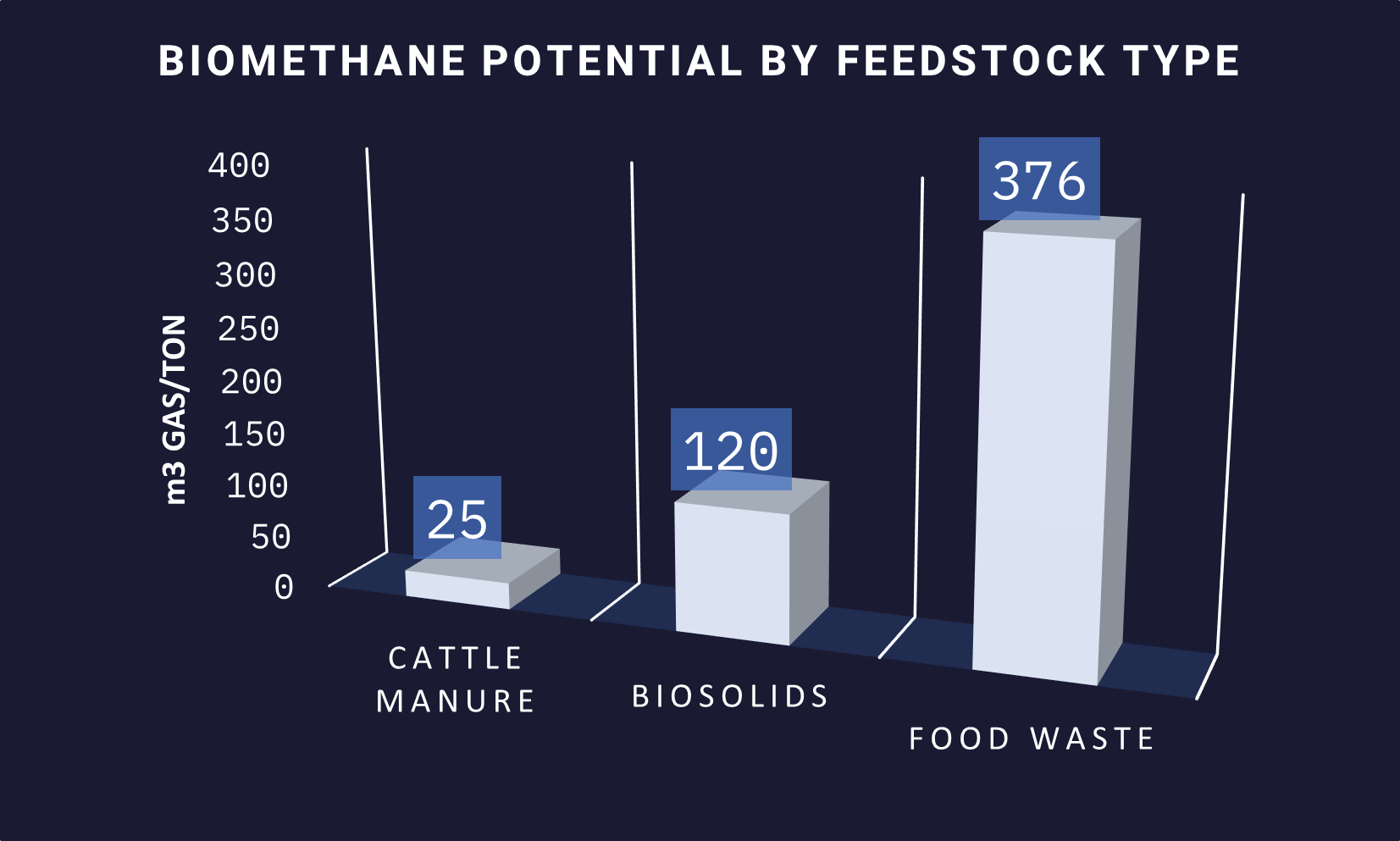THE CHALLENGES OF ANAEROBIC DIGESTION OF FOOD WASTE: What’s Holding You Back?
As the world grapples with climate change, food waste has emerged as both a problem and an opportunity. Roughly 1.3 billion tons of food are wasted globally every year, contributing significantly to greenhouse gas emissions. One promising solution? Anaerobic digestion (AD) — a biological process that breaks down organic material in the absence of oxygen, producing biogas (mainly methane) and nutrient-rich digestate.
While AD has huge potential for sustainable waste management and renewable energy production, implementing it effectively—especially for food waste—comes with its own set of challenges. Let’s dive into the key roadblocks holding back this green technology.
Feedstock Variability
Anaerobic digestion relies on the biological activity of methanogenic bacteria. These bacteria, like all living organisms, prefer a stable and balanced environment. Rapid changes in nutrient content caused by changes in feedstock create inconsistencies that can destabilize the biogas production process. Foaming, the accumulating of volatile fatty acids and pH imbalances are factors that can lead to a complete halt in digestion and biogas production.
Contamination Issues
Food waste is often grouped into two broad categories: SSO and IC&I. SSO stands for Source Separated Organics and usually refers to municipal sources of organics, such as green bin collections from residential areas. IC&I refers to Industrial, Commercial and Institutional. These organic wastes come from restaurants, food processing facilities, hospitals and the like. All of these food sources contain a certain degree of non-digestible contaminants such as plastic, metal or glass. These contaminants can cause excessive wear or clogging of the digestion equipment and build-up inside the digester tank which reduces energy producing capacity. Pre-treatment technologies often rely on large quantities of water, dramatically altering the process flow through the system and increasing costs in multiple ways.
Digestate Management
Digestate is the nutrient-rich by-product of the anaerobic digestion process. But if non-digestible contaminants are allowed to make their way through the system, they can turn the digestate from a valuable fertilizer to a waste product. Though regulations differ by country and region, it should go without saying that plastic residues don’t belong on farmland.
Economic Viability
Despite the environmental benefits, AD facilities can be expensive to build and operate. The return on investment depends on factors like feedstock availability, government incentives, energy prices, and digestate marketability. But the biomethane potential of food waste is much higher than that of manure, as shown in this bar graph. This means that even with fewer incentives, the increase in energy production from digesting food waste can mean better profits than manure-only projects.
Fitec Biogas: Custom Solutions for Food Waste AD Systems
Fitec Biogas has developed comprehensive solutions to address the specific challenges of food waste digestion, establishing itself as an industry leader over the past 20 years. Key innovations of the Fitec system include:
Handling High Contaminants
Fitec’s pumps and heat exchangers are designed to handle high levels of contamination, eliminating the need for additional fine contaminant removal processes.High Total Solids Handling
Fitec’s system can process materials with up to 25% total solids, reducing the need for dilution and contributing to cost savings in both capital expenditure (CAPEX) and operational expenditure (OPEX).Self-Cleaning Digester
The Fitec Self-Cleaning Digester continuously removes non-digestible contaminants, such as plastics and grit, as part of the normal digestion process, ensuring uninterrupted plant operations.Real-time Analysis
Fitec’s Bicarbonate Analyzer makes use of real-time measurements to give operators the knowledge they need about conditions inside the digestion vessel. This allows them to fine-tune their feeding schedule and composition to prevent problems like foaming and bacterial die-off events, and instead stabilize and optimize biogas production. All this while preserving the flexibility to accept a large variety of feedstocks and maximize tipping fees.
Final Thoughts
Anaerobic digestion of food waste is a powerful tool for tackling both food waste and energy needs — but it’s not a silver bullet. It requires thoughtful planning and investment to overcome its technical and economic hurdles.
Partnering with a company that is experienced in handling these challenges is key to benefiting from the rising interest in circular economy and decarbonization. Tackling these challenges head-on can unlock a cleaner, greener future where yesterday’s leftovers become tomorrow’s power.
Thinking about digesting food waste? Have real-world experience with food waste systems? Contact us today to start a conversation — we’d love to hear from you!

